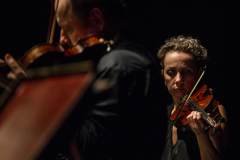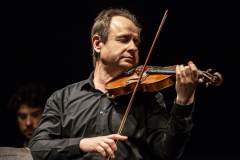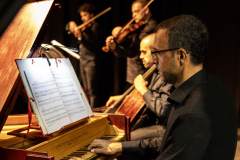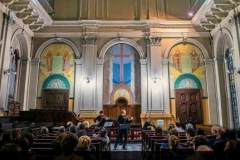The Four Seasons - Vivaldi
Mo | Tu | We | Th | Fr | Sa | Su |
Witness the evocative power of Antonio Vivaldi's 'The Four Seasons,' performed by a string quintet and harpsichord at the beautiful Chiesa Evangelica Metodista near Repubblica Square in the center of Rome.
The most famous of Vivaldi’s works, and a revolutionary example of Italian Baroque music.
First violin: Elvin Dhimitri Strings quintet Harpsichord Elvin Dhimitri, first violin of Opera and Lirica, has been recognized as an artist who is able to combine impassioned energy and vibrant communication. He was appointed Concertmaster of the Bilkent Youth International Symphony Orchestra in 1992. He performed for Luglio Musicale Symphony Orchestra of Trapani, La Nuova Scarlatti Symphony Orchestra of Naples, Toscanini Symphony Orchestra of Parma, to mention a few. He was appointed First Violin in the Rome Philharmonic Orchestra and he has been a member of the Rome and Lazio Symphony Orchestra since 1997.
Music representing the moods of the four seasons has always been popular, and Baroque composers such as Werner and Fischer among others produced cycles of concertos representing the fours seasons. But none were to do so in such precise pictorial detail as Antonio Vivaldi in his Four Seasons concerto.
The whole Baroque epoch showed a deep interest in the amazing natural changes determined by the seasons. Bernini itself represented them in its fine sculptures. Baroque art has a dramatic conception of the relationship between man and nature and between man and the universe. Galileo’s discoveries brought about a shift in the position of man, who was no longer at the center of the cosmos. As a consequence, a new attitude of awe and wonder towards the power of nature emerged.
Vivaldi’s Four Seasons are a symbol of his era. Not only is the feeling of astonishment conveyed by his spectacular description of nature, but also by his musical language. The composition aims at astounding the listener with unusual melodies, created through increased rhythm and higher harmonic contrast. His music is thus freer, more fluid and able to better describe the story it wishes to narrate. The scenes range from the chirp of different birds in Spring, to Summer storms, from fleeing foxes in Autumn, to teeth chattering and rain pouring down in Winter. In accordance with the highest expression of baroque concepts, nature is dramatized, and the audience feels actively involved in the rapid succession of events taking place in the work of art.
Program and cast
First Time
1. Concerto F XI No.4 in A Major - Allegro molto/Andante molto/Allegro
2. Concerto “La Rustica” RV 151 in G Major - Presto/Adagio/Allegro
3. Concerto RV 127 in D Minor - Allegro/Adagio/Allegro
Second Time
1. Concerto No.1 in E Major, RV 269, "SPRING" Allegro / Largo / Allegro (Pastorale dance)
2. Concerto No.2 in g minor, RV 315, "SUMMER" Allegro non molto - Allegro / Adagio – Presto – Adagio / Presto (Summer Storm)
3. Concerto No.3 in F Major, RV 293, "AUTUMN" Allegro (Peasant Dance and Song) / Adagio molto (Sleeping Drunkards) / Allegro (The Hunt)
4. Concerto No.4 in f minor, RV 297, "WINTER" Allegro non molto / Largo / Allegro

 EN
EN DE
DE IT
IT FR
FR ES
ES RU
RU JP
JP RO
RO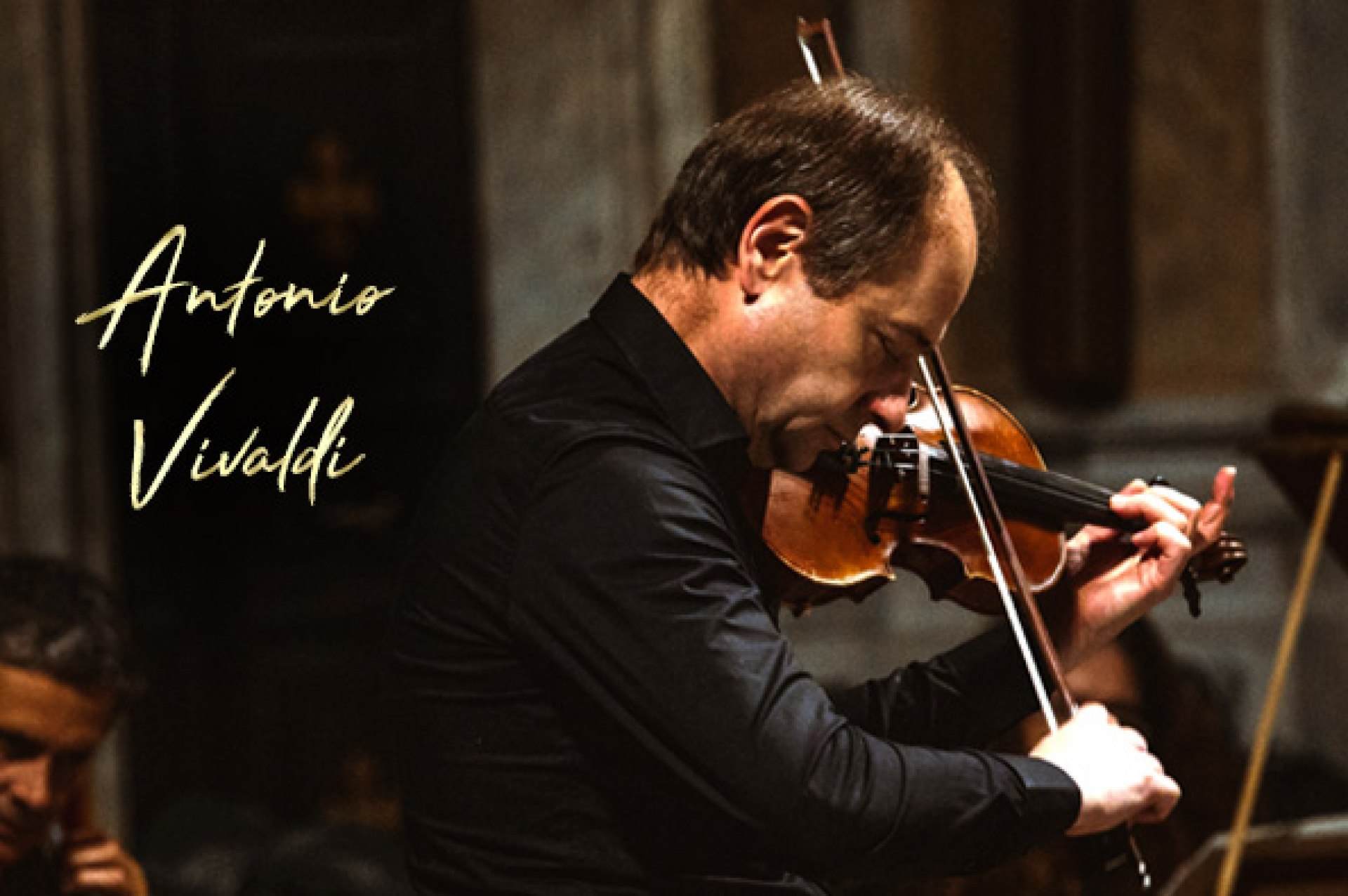
 Seating plan
Seating plan 

